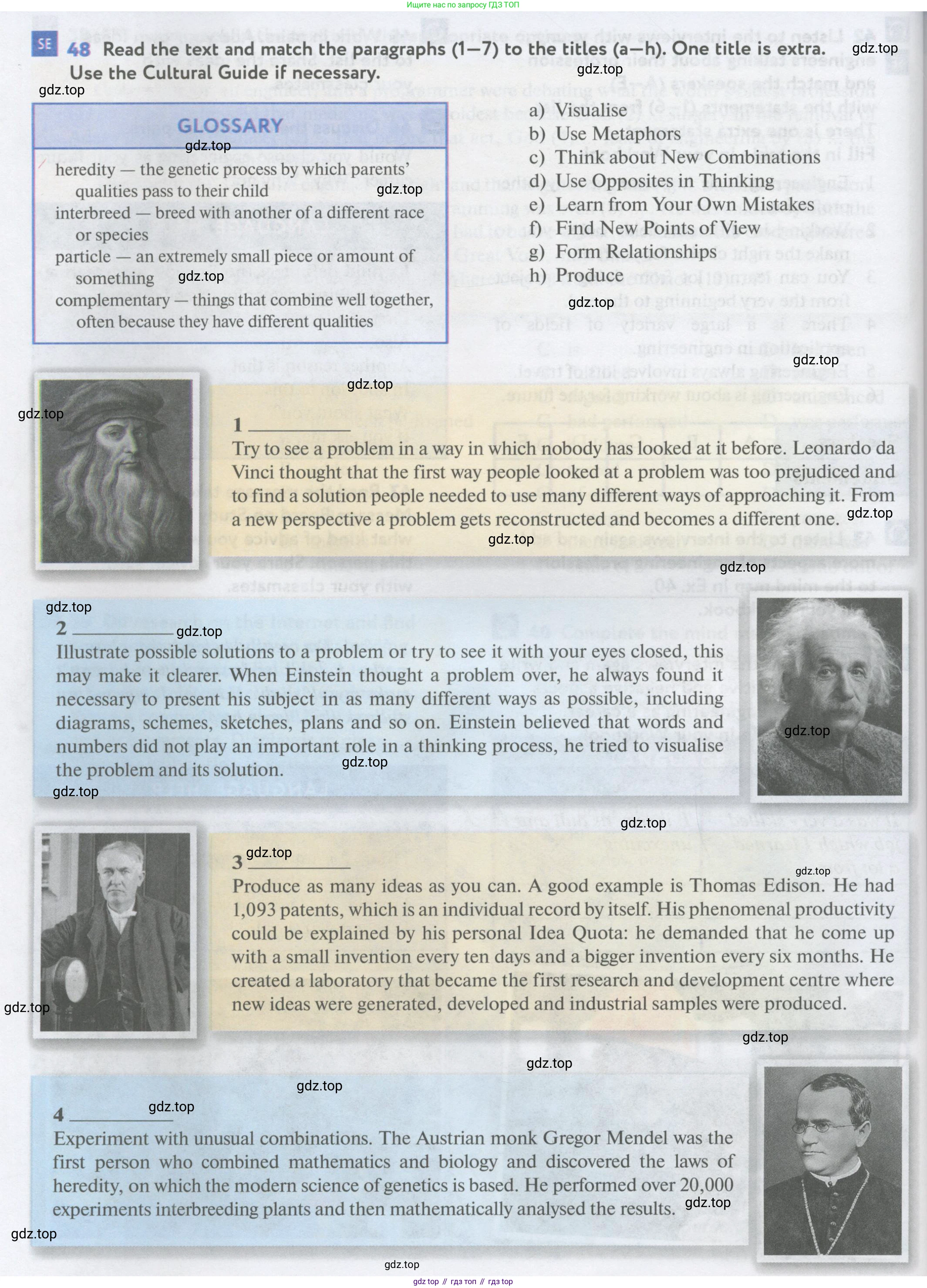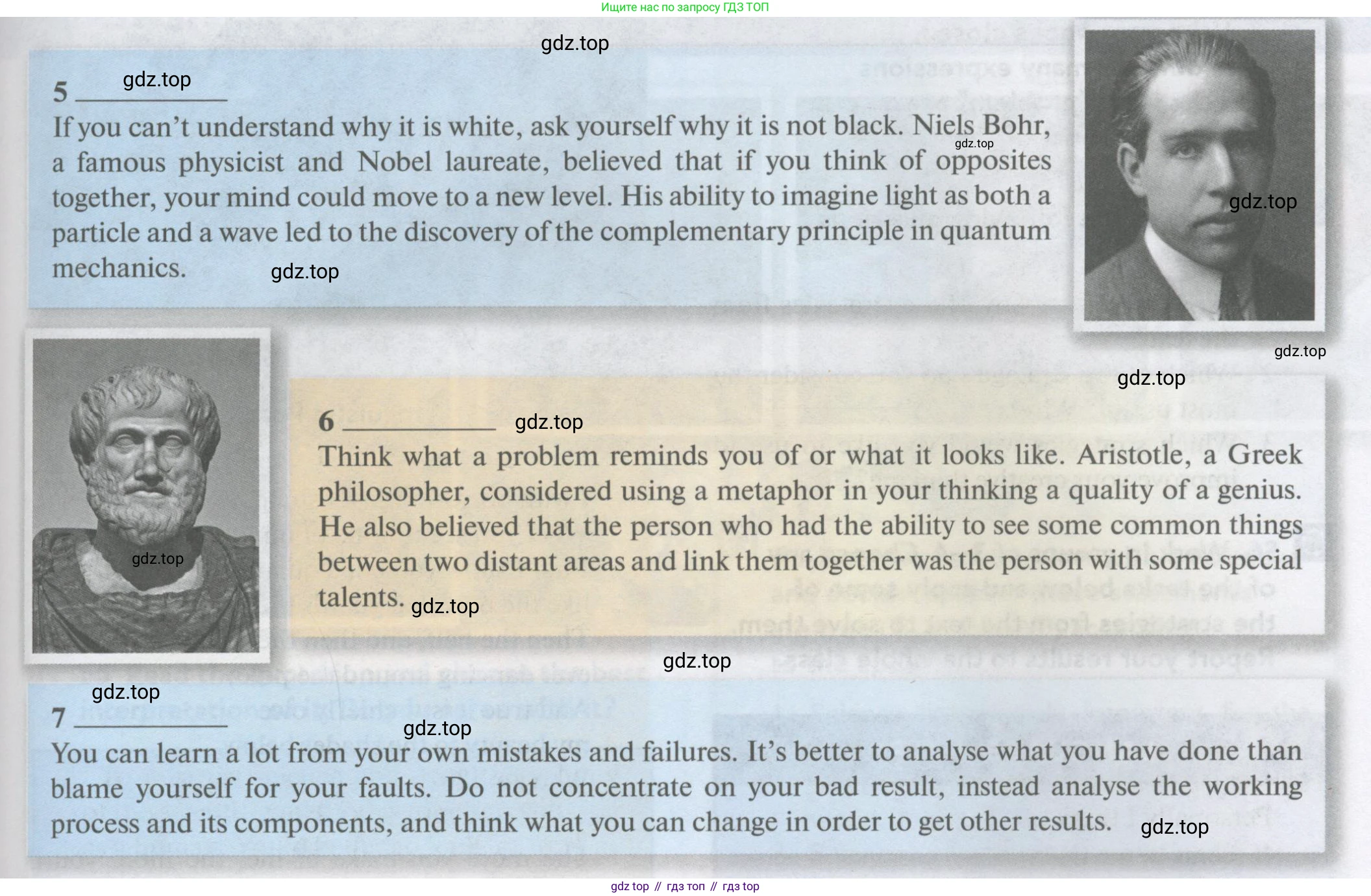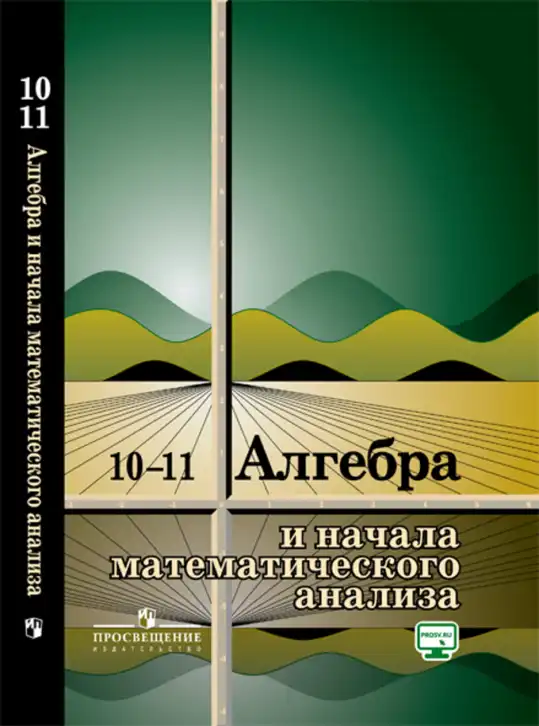Номер 48, страница 98 - гдз по английскому языку 11 класс (enjoy english) учебник Биболетова, Бабушис

Авторы: Биболетова М. З., Бабушис Е. Е., Снежко Н. Д.
Тип: Student's book (Учебник)
Серия: enjoy english (английский с удовольствием)
Издательство: Просвещение, Дрофа
Год издания: 2017 - 2025
Уровень обучения: базовый
Цвет обложки: жёлтый
ISBN: 978-5-358-19212-6 (2017)
Популярные ГДЗ в 11 классе
Unit 3. New technological world. Section 2. Wonderful minds - номер 48, страница 98.
№48 (с. 98)
Условие. №48 (с. 98)
скриншот условия


SE 48 Read the text and match the paragraphs (1–7) to the titles (a–h). One title is extra.
Use the Cultural Guide if necessary.
GLOSSARY
heredity – the genetic process by which parents’ qualities pass to their child
interbreed – breed with another of a different race or species
particle – an extremely small piece or amount of something
complementary – things that combine well together, often because they have different qualities
a) Visualise
b) Use Metaphors
c) Think about New Combinations
d) Use Opposites in Thinking
e) Learn from Your Own Mistakes
f) Find New Points of View
g) Form Relationships
h) Produce
1_________
Try to see a problem in a way in which nobody has looked at it before. Leonardo da Vinci thought that the first way people looked at a problem was too prejudiced and to find a solution people needed to use many different ways of approaching it. From a new perspective a problem gets reconstructed and becomes a different one.
2_________
Illustrate possible solutions to a problem or try to see it with your eyes closed, this may make it clearer. When Einstein thought a problem over, he always found it necessary to present his subject in as many different ways as possible, including diagrams, schemes, sketches, plans and so on. Einstein believed that words and numbers did not play an important role in a thinking process, he tried to visualise the problem and its solution.
3_________
Produce as many ideas as you can. A good example is Thomas Edison. He had 1,093 patents, which is an individual record by itself. His phenomenal productivity could be explained by his Personal Idea Quota: he demanded that he come up with a small invention every ten days and a bigger invention every six months. He created a laboratory that became the first research and development centre where new ideas were generated, developed and industrial samples were produced.
4_________
Experiment with unusual combinations. The Austrian monk Gregor Mendel was the first person who combined mathematics and biology and discovered the laws of heredity, on which the modern science of genetics is based. He performed over 20,000 experiments interbreeding plants and then mathematically analysed the results.
5_________
If you can’t understand why it is white, ask yourself why it is not black. Niels Bohr, a famous physicist and Nobel laureate, believed that if you think of opposites together, your mind could move to a new level. His ability to imagine light as both a particle and a wave led to the discovery of the complementary principle in quantum mechanics.
6_________
Think what a problem reminds you of or what it looks like. Aristotle, a Greek philosopher, considered using a metaphor in your thinking a quality of a genius. He also believed that the person who had the ability to see some common things between two distant areas and link them together was the person with some special talents.
7_________
You can learn a lot from your own mistakes and failures. It’s better to analyse what you have done than blame yourself for your faults. Do not concentrate on your bad result, instead analyse the working process and its components, and think what you can change in order to get other results.
Решение. №48 (с. 98)

Решение 2. №48 (с. 98)
Прочитайте текст и сопоставьте абзацы (1–7) с заголовками (a–h). Один заголовок лишний.
Ответ:
1 - f) Find New Points of View (Находить новые точки зрения)
2 - a) Visualise (Визуализировать)
3 - h) Produce (Производить/Создавать)
4 - c) Think about New Combinations (Думать о новых комбинациях)
5 - d) Use Opposites in Thinking (Использовать противоположности в мышлении)
6 - b) Use Metaphors (Использовать метафоры)
7 - e) Learn from Your Own Mistakes (Учиться на собственных ошибках)
Extra title: g) Form Relationships (Лишний заголовок: g) Устанавливать связи)
Другие задания:
Помогло решение? Оставьте отзыв в комментариях ниже.
Присоединяйтесь к Телеграм-группе @top_gdz
ПрисоединитьсяМы подготовили для вас ответ c подробным объяснением домашего задания по английскому языку за 11 класс, для упражнения номер 48 расположенного на странице 98 к Учебник (Student's book) серии английский с удовольствием , enjoy english 2017 года издания для учащихся школ и гимназий.
Теперь на нашем сайте ГДЗ.ТОП вы всегда легко и бесплатно найдёте условие с правильным ответом на вопрос «Как решить ДЗ» и «Как сделать» задание по английскому языку к упражнению №48 (с. 98), авторов: Биболетова (Мерем Забатовна), Бабушис (Елена Евгеньевна), Снежко (Надежда Дмитриевна), ФГОС (старый) базовый уровень обучения учебного пособия издательства Просвещение, Дрофа.

















